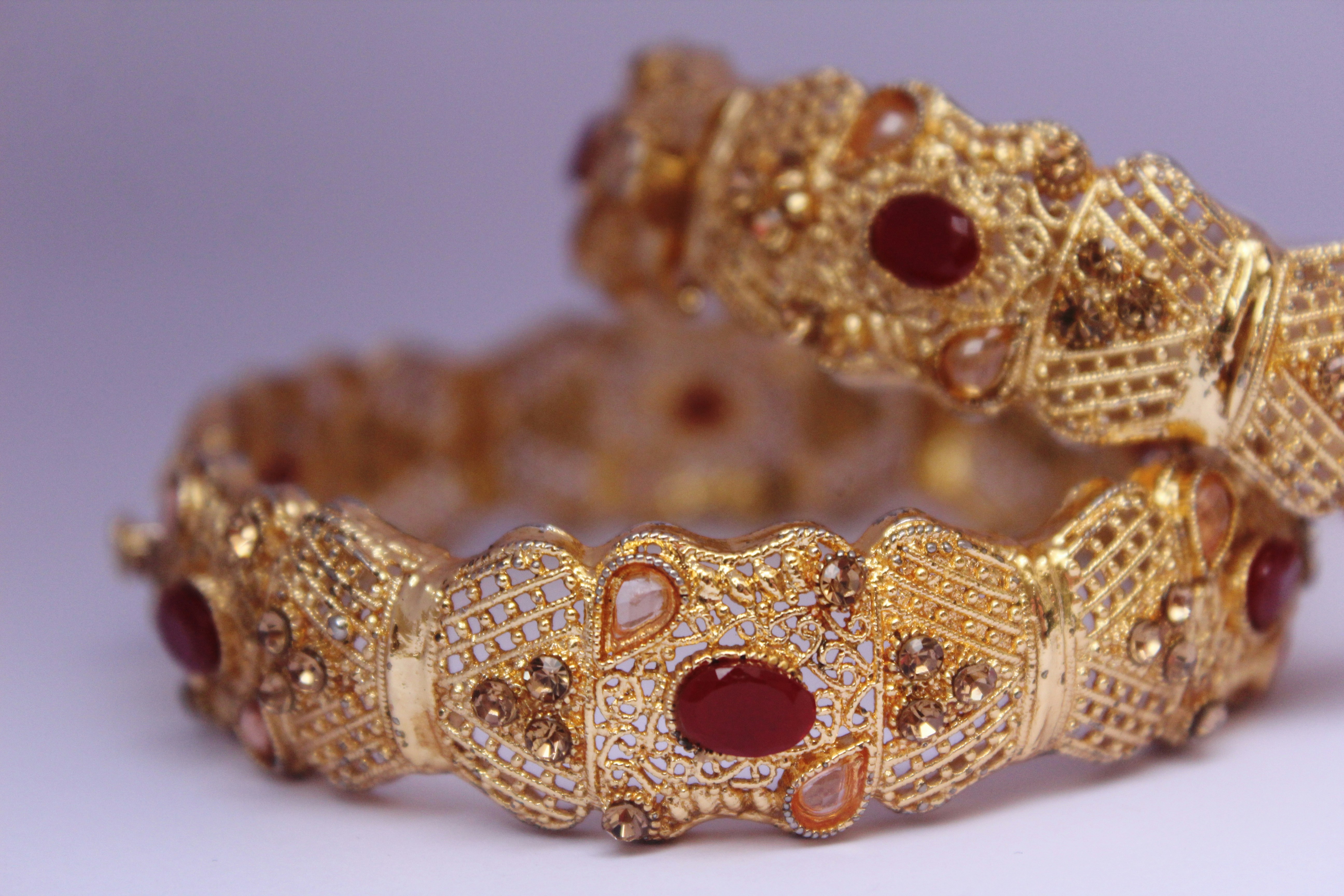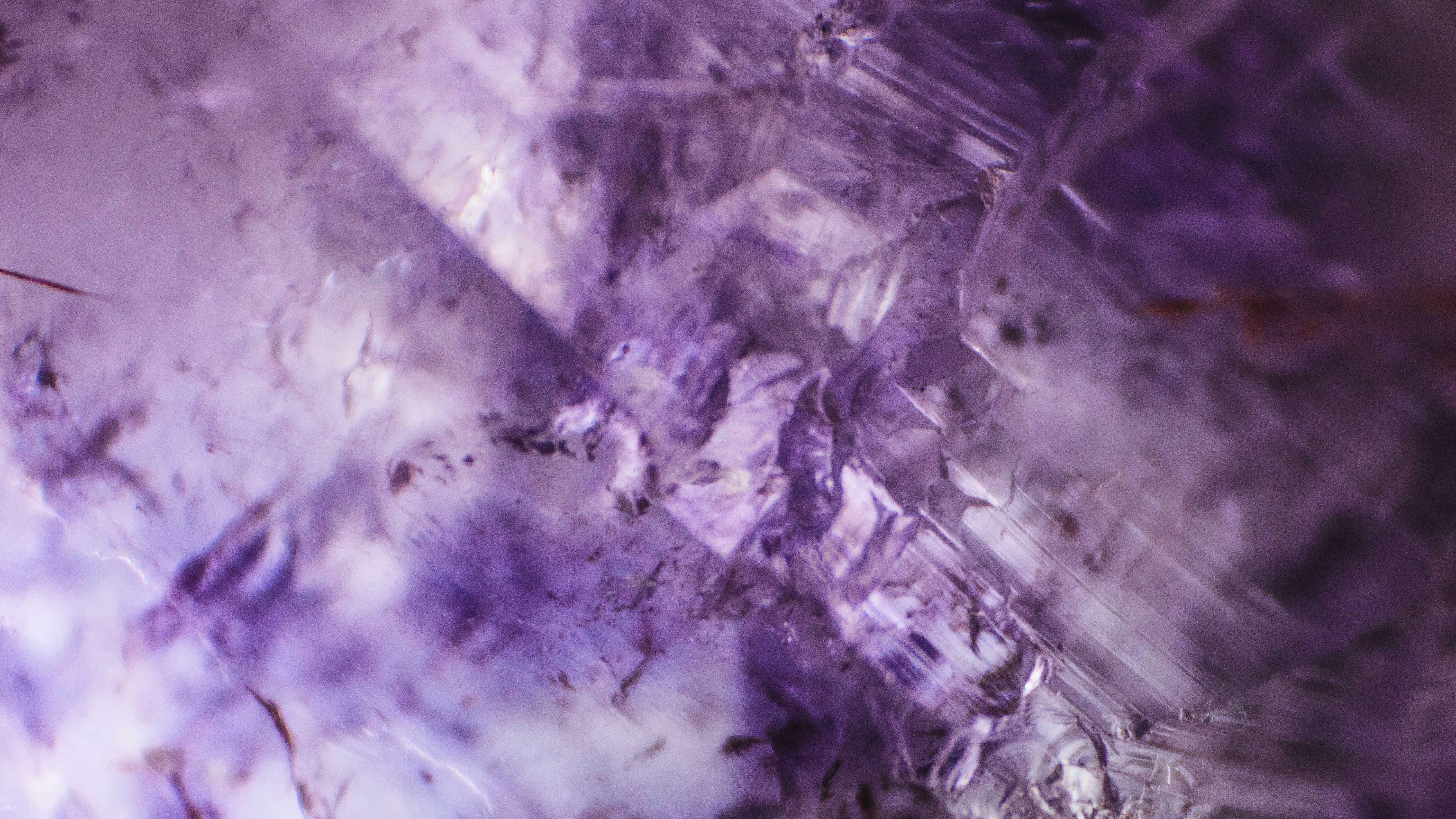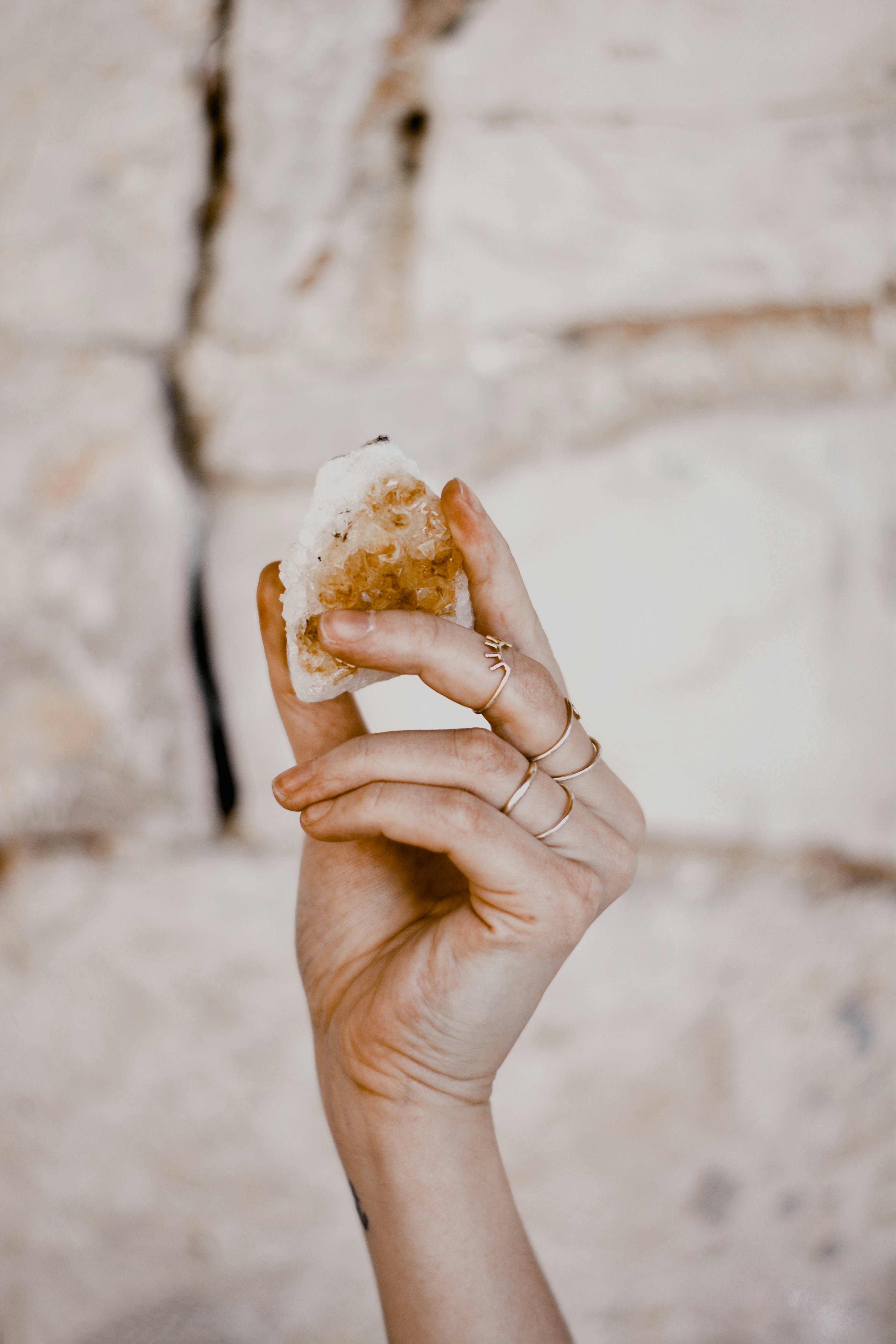Mikimoto Jewelry Buying Guide
Alexander Kellerson

Introduction to Mikimoto Jewelry
Mikimoto is a renowned name in the world of jewelry, celebrated for its exquisite pearl creations. Known as the "King of Pearls," Mikimoto's jewelry stands as a symbol of luxury, elegance, and timeless beauty. Each piece is crafted with precision and care, reflecting the brand's commitment to quality and innovation.
For over a century, Mikimoto has been synonymous with superior craftsmanship and unparalleled quality. The brand's dedication to perfection is evident in every pearl, ensuring that each piece of Mikimoto jewelry is a true work of art. Whether you're looking for a classic pearl necklace or a statement piece, Mikimoto offers something for every taste and occasion.
The History of Mikimoto Pearls
The rich history of Mikimoto pearls dates back to 1893 when Kokichi Mikimoto successfully created the world's first cultured pearl. This groundbreaking achievement revolutionized the pearl industry, making these precious gems more accessible while maintaining their natural beauty and luster. Mikimoto's innovative spirit and dedication to excellence have established the brand as a leader in the jewelry world.
Over the decades, Mikimoto has continued to push the boundaries of pearl cultivation and jewelry design. The brand's commitment to sustainability and ethical practices ensures that each pearl is harvested with the utmost respect for the environment. Today, Mikimoto's legacy of innovation and quality continues to shine, captivating jewelry enthusiasts around the globe.
Why Choose Mikimoto Jewelry?
Choosing Mikimoto jewelry means investing in a legacy of excellence. The brand is renowned for its meticulous attention to detail and use of the highest quality materials. Mikimoto pearls are known for their exceptional luster, smooth surface, and perfect round shape, making them a favorite among jewelry connoisseurs.
Mikimoto's commitment to craftsmanship extends beyond the pearls themselves. Each piece of jewelry is designed and crafted by skilled artisans, ensuring a perfect balance of elegance and durability. Whether you're purchasing a piece for a special occasion or as an heirloom to pass down through generations, Mikimoto jewelry is a timeless choice.
Types of Mikimoto Pearls
Mikimoto offers a variety of pearl types, each with its unique characteristics and beauty. Akoya pearls are the most popular and are known for their brilliant luster and classic white color. These pearls are often used in traditional jewelry pieces such as necklaces, earrings, and bracelets.
In addition to Akoya pearls, Mikimoto also offers South Sea and Tahitian pearls. South Sea pearls are prized for their large size and unique colors, ranging from white to golden hues. Tahitian pearls, on the other hand, are known for their dark, exotic shades, including black, green, and blue. Each type of Mikimoto pearl offers a distinct look, allowing you to find the perfect piece to match your style.
How to Identify Authentic Mikimoto Pearls
Identifying authentic Mikimoto pearls is essential to ensure you are investing in genuine quality. One of the key features to look for is the Mikimoto hallmark, which is usually found on the clasp of the jewelry. This hallmark is a small, engraved 'M' or the Mikimoto logo, signifying authenticity and quality.
Additionally, authentic Mikimoto pearls come with a certificate of authenticity that details the pearl's origin, quality, and other important characteristics. This certificate is a testament to the brand's commitment to transparency and quality assurance. When purchasing Mikimoto jewelry, always ensure that these indicators of authenticity are present to avoid counterfeit products.
Popular Mikimoto Jewelry Collections
Mikimoto's jewelry collections are celebrated for their elegance and innovation. One of the most popular collections is 'Pearls in Motion,' which features versatile designs that allow the wearer to adjust the position of the pearls along the chain. This collection offers a modern twist on traditional pearl jewelry, making it a favorite among contemporary jewelry lovers.
Another notable collection is 'Morning Dew,' which captures the delicate beauty of dewdrops on petals. This collection features intricate designs with diamonds and pearls, creating pieces that are both sophisticated and timeless. 'Les Pétales Place Vendôme' is another standout collection, inspired by the iconic square in Paris, offering luxurious and intricate designs that exude French elegance.
How to Care for Your Mikimoto Jewelry
Proper care is essential to maintain the beauty and longevity of your Mikimoto jewelry. Pearls are delicate and should be stored separately from other jewelry to prevent scratches. It's recommended to store your pearls in a soft pouch or lined jewelry box to protect them from damage.
Cleaning your Mikimoto pearls should be done gently. Use a soft, damp cloth to wipe the pearls after each wear to remove any oils or dirt. Avoid using harsh chemicals or ultrasonic cleaners, as these can damage the pearls' surface. Regularly checking the clasps and settings for any signs of wear and tear will also help keep your jewelry in excellent condition.
Where to Buy Mikimoto Jewelry
Mikimoto jewelry can be purchased from a variety of authorized retailers, both online and in physical stores. It's important to buy from reputable sources to ensure you are getting genuine Mikimoto pieces. The Mikimoto official website provides a list of authorized retailers, making it easy to find a trusted seller near you.
Additionally, Mikimoto has flagship boutiques in major cities around the world, offering a luxurious shopping experience with a wide selection of their finest pieces. Shopping at these boutiques ensures that you receive the highest level of service and access to exclusive collections.
Mikimoto Jewelry Pricing Guide
The pricing of Mikimoto jewelry varies depending on the type of pearls, the complexity of the design, and the materials used. Akoya pearl jewelry typically ranges from a few hundred to several thousand dollars, making it accessible for various budgets. South Sea and Tahitian pearl jewelry, due to their larger size and unique colors, tend to be priced higher.
Custom and one-of-a-kind pieces from Mikimoto can command premium prices, often reaching into the tens of thousands of dollars. It's important to consider your budget and the specific qualities you desire in a piece when exploring Mikimoto's offerings. Regardless of the price point, each piece of Mikimoto jewelry is crafted with the same dedication to quality and beauty.
Tips for Buying Mikimoto Jewelry Online
Buying Mikimoto jewelry online can be convenient, but it's important to take certain precautions to ensure a safe and satisfactory purchase. Start by researching reputable online retailers that are authorized to sell Mikimoto jewelry. Check customer reviews and ratings to gauge the reliability of the seller.
When browsing online, pay close attention to product descriptions and images. Ensure that the jewelry comes with a certificate of authenticity and inquire about the return policy in case the piece does not meet your expectations. Secure payment methods and encrypted websites are also crucial for a safe online shopping experience.
Conclusion: Is Mikimoto Jewelry Worth the Investment?
In conclusion, Mikimoto jewelry is a worthwhile investment for those who appreciate the finest quality and timeless elegance. The brand's dedication to craftsmanship and innovation ensures that each piece is not only beautiful but also durable and valuable. Owning Mikimoto jewelry means possessing a piece of history and luxury that can be cherished for generations.
While Mikimoto jewelry may come with a higher price tag, the unmatched beauty and prestige of these pearls make them a valuable addition to any jewelry collection. Whether you're purchasing for yourself or as a gift, Mikimoto jewelry is sure to leave a lasting impression and become a treasured heirloom.





